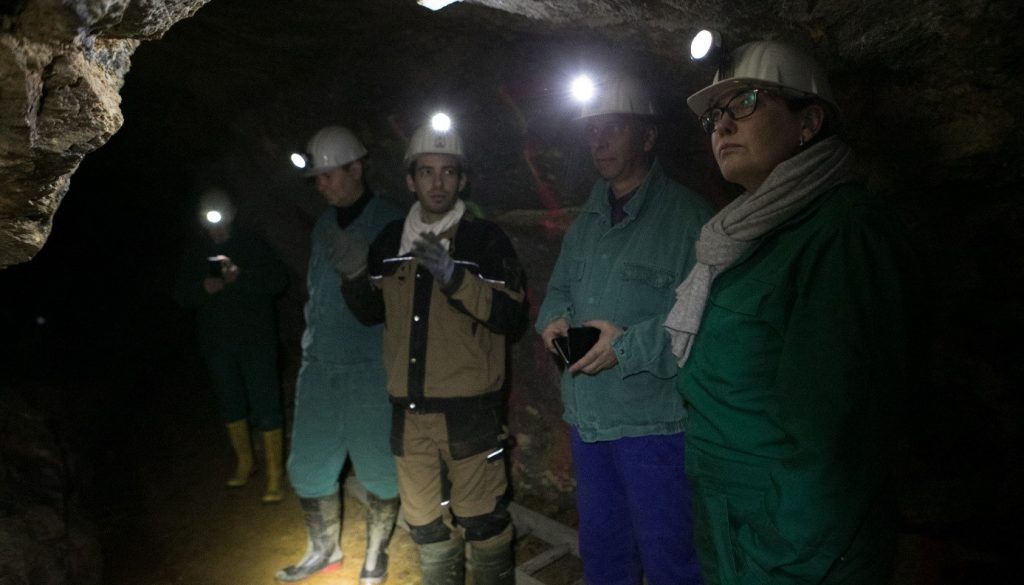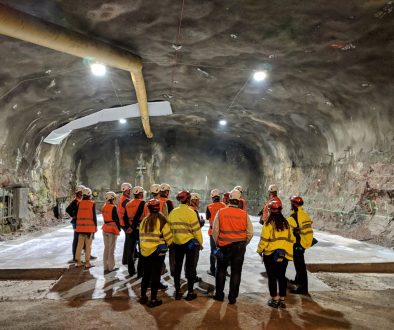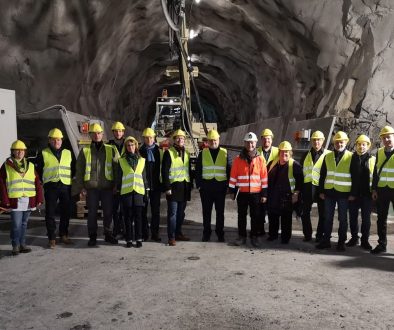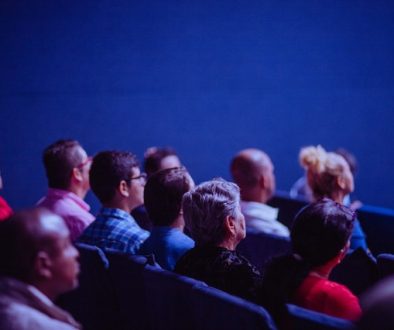Lessons Learnt: Self-development in the BSUIN project
I first heard about the BSUIN (Baltic Sea Underground Innovation Network) project in the early summer in 2017. Back then I didn`t work at the Tallinn University of Technology (Taltech). I lived in Brussels as the husband of a diplomat. During this period, I wasn`t directly employed, but I worked for my family in raising our child.
Interesting Challenge
The BSUIN project was introduced to me by my colleague Veiko Karu, who was interested in whether I would like to work at the Taltech, and to be involved in the BSUIN, when I return to my homeland in early 2018. Although I had also some other job offers, Veiko`s proposal was the most interesting and something different from previous ones, a challenge some might say. Why a challenge? Hmm, because working at the Taltech is working in the academic sphere and on various projects that also develop myself. This world was previously unknown to me. In my case, I have noticed that I am triggered and motivated by activities that I do not know or can not solve to the end, and thus there is room for self-development.
I am an environmental engineer by education and have worked in the mine for several years as an environmental specialist, working on all kinds of environmental issues from fieldwork (e.g mining water sampling, etc.) up to dealing with environmental permits and impact assessments related to mining company activities, including also cooperation and problem-solving with local authorities and residents. Moreover, I have worked as a mining company project manager in coordinating the construction of the fuel handling system (conveyors, crushers, etc.) for the new production units. I hadn`t studied construction and had no experience in this field before. Therefore, this was really a challenge and a great self-development possibility – learning by doing. At the end of the project, I realized that there are no insurmountable obstacles, but everything can be solved, if you make the substantive principles clear to yourself and form and motivate a smart team around you who can help to achieve it.
Fascinating Content

Looking back to the beginning of the BSUIN project, I remember being fascinated by the content of the project and surprised by a large number of partners. In my opinion, it is really challenging to do the project with 13 partners, to agree on the goals, activities and to implement them in cooperation. In terms of content, I was immediately fascinated by the fact that the BSUIN project is trying to create something new for which there is a real (market)need – develop a service offering of underground laboratories (UL), located in the Baltic Sea Region (BSR), in order to develop their capability to offer technology transfer utilizing the facilities and research infrastructures of the ULs for business development. I learned that ULs are facilities with a very specific environment. As a rule, they are located mostly in former mines. Although few in the Baltic Sea Region, they can make a significant contribution to research and business. They need clarity in better business models and good marketing to reach as many customers as possible with their range of services. And this is what the BSUIN project is trying to contribute to.
It can be said that so-called roadshows in different underground laboratories involved in this project opened my eyes. Although I have worked in the mine and visited a couple of mining museums, it is nothing compared to the ULs. They differ in size, depth, access, previous function, surrounding bedrock, location, and resulting parameters. So far, the underground facilities have been used mostly for scientific research purposes, but their unique environment and expertise could offer much more for business, i.e. attracting business enterprises to use underground facilities will become a key issue in the future.
Working Underground
One of the BSUIN tasks was to characterize and harmonize existing knowledge of the underground facilities involved in the project for end users. This meant an insight view into each UL:
- gathering information about their working environment,
- safety practices,
- structural and organizational characterization,
- understanding the existing business model and whether it supports innovation, and so on.
These were described in the project in several work packages. I was more involved with work packages describing the existing working environment and its best practices, but I also explored the development of underground farming and its implementation possibilities in the ULs, and helped to `map` research areas, which are most likely to lead to innovations.
Working in underground facilities can be hostile. Therefore all activities must obey certain rules and legislation, which are well established in all underground labs. When I looked at their working environment data which was collected via questionnaires and roadshow visits, I was positively surprised by how well each UL knows its working environment, what parameters they consider important due to their local conditions and constantly monitor. In addition, all underground facilities have related safety protocols in case of danger and policies to take countermeasures or mitigation measures in case some monitored parameter deviates from the allowable situation. The working environment of underground facilities differs due to their location, depth and other parameters, but there are also similarities.

Due to my previous work, I was primarily exposed to the environmental hazards of mining. Working on the BSUIN project taught me to look at a broader, institution-wide view, which also has to be taken into account because it affects health and safety at work. It is good to note that there is no ’discount’ made in underground laboratories to ensure safety and prevent environmental damage.
Expanding my knowledge
Another interesting work task was to create a review in cooperation with other project partners of the existing activities for underground production. This review focused mainly on underground farming. During my research, I discovered that underground farming production has grown worldwide, especially in cities, which have a high number of consumers and a lack of land and other resources (such as water). Old factory buildings and urban tunnels in some cases are often used today. Underground or indoor vertical farming is common with smart LED-lighting and control systems to optimize expenditures in plant growth. The use of mining passages for this is still in an early stage and I would say it is a bit unexplored territory.
The main benefits of an underground environment are controlled and optimized conditions (lighting, humidity, temperature) providing a high yield year-round production environment. The structural properties are a defining factor in selecting the appropriate underground environments. So far, the usability of underground facilities has stayed mainly in the research level. Due to population growth, urbanization, and climate change, this type of food production, in underground facilities, can be expected to increase. Especially in urban areas, where it can be an important alternative source in future food production and mitigate possible food shortages.
It was really interesting to search underground food production data and discover the innovation that has made so far globally. This expanded my knowledge significantly. Are you interested to learn more? The outcomes this research has also been published in the BSUIN materials.
Proud of the project team
It has been a really fascinating experience, also from self-development point of view, to be involved in the BSUIN project. Now I can say that I know much more about underground laboratories: what they are, what they try to achieve and how versatile and high-quality service they can provide. I am glad that the BSUIN consortium has contributed to the characterization of underground laboratories and highlighted opportunities for better quality and better marketing through project activities, such as the creation of an EUL, a pan-European network of underground laboratories, to further `sell` opportunities of underground laboratories and attract business to use underground facilities more often in the future. I am proud to be a member of the BSUIN project team and that I gave my contribution to achieve the project objectives.
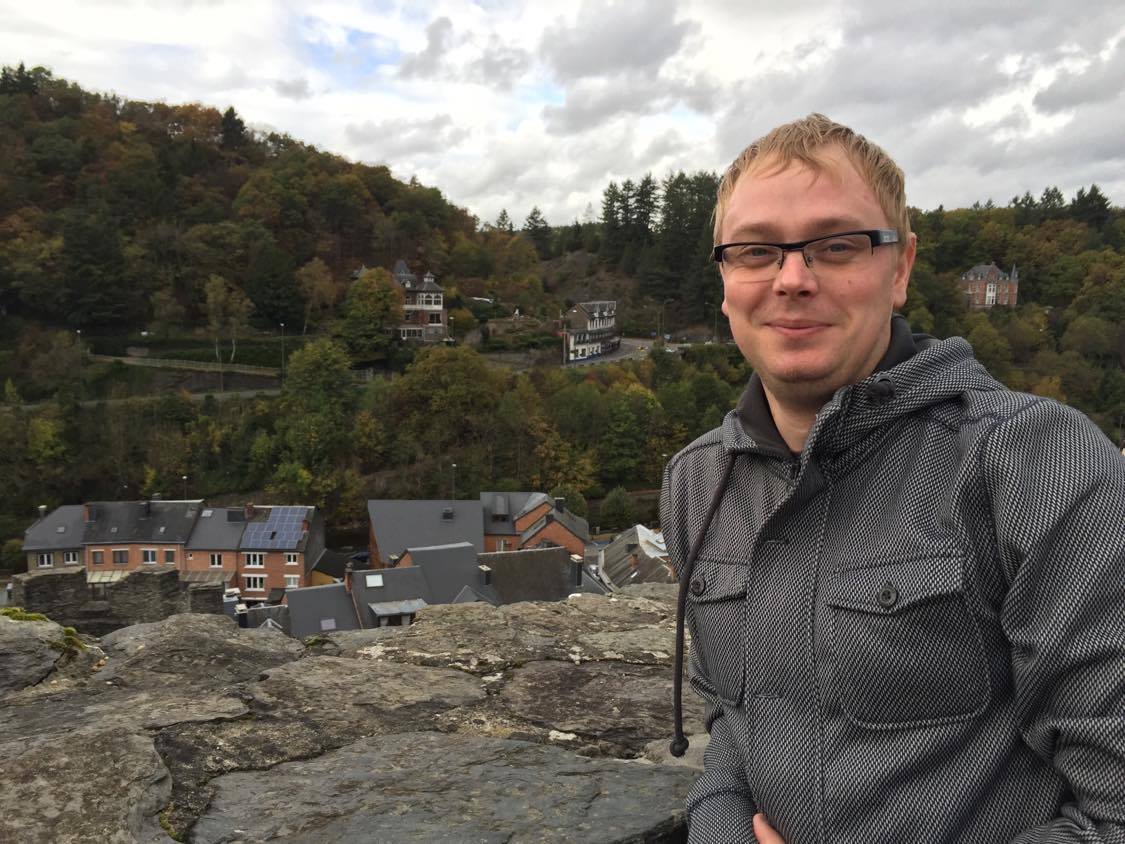
Andrus Paat
project assistant, Tallinn University of Technology (Taltech)
Lessons Learnt blogs are written by BSUIN project members. They write about lessons they have learnt about international collaboration, Baltic Sea cultural heritage as well as co-creation in multinational and multidisciplinary teams.

